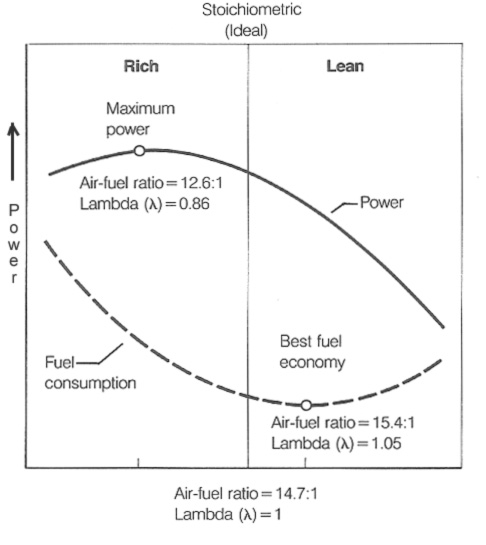Hi all,
So, why not cheekily make a feature request as my first post? It goes like this:
The % power display on our Skyview is astoundingly accurate, when compared with the formula that applies when LOP. Specifically, that's (FF x 14.9 / Rated HP).
There's only one problem with that in our installation. Our engine is the brilliant Aerosport IO-375 with 8:1 compression ratio, for which the multiplier should instead be 13.7. This makes the LOP % power calculation incorrect, by about 8% of the displayed value.
My proposal is a simple one: an option in the engine setup menu allowing the choice of multiplier or, even easier, “Standard / Low compression”. This would benefit the many owners of non-standard CR engines, including turbos.
I know this could also be achieved by simply lying to the system about the installed HP. That wouldn't affect the calculation at T/O power, as the ROP calculation is done differently, but equally it wouldn't fit with the Dynon quest for perfection. I suspect it would also affect the ROP / PK / LOP trigger points.
Responses, corrections to my arithmetic etc, all welcome...
So, why not cheekily make a feature request as my first post? It goes like this:
The % power display on our Skyview is astoundingly accurate, when compared with the formula that applies when LOP. Specifically, that's (FF x 14.9 / Rated HP).
There's only one problem with that in our installation. Our engine is the brilliant Aerosport IO-375 with 8:1 compression ratio, for which the multiplier should instead be 13.7. This makes the LOP % power calculation incorrect, by about 8% of the displayed value.
My proposal is a simple one: an option in the engine setup menu allowing the choice of multiplier or, even easier, “Standard / Low compression”. This would benefit the many owners of non-standard CR engines, including turbos.
I know this could also be achieved by simply lying to the system about the installed HP. That wouldn't affect the calculation at T/O power, as the ROP calculation is done differently, but equally it wouldn't fit with the Dynon quest for perfection. I suspect it would also affect the ROP / PK / LOP trigger points.
Responses, corrections to my arithmetic etc, all welcome...


